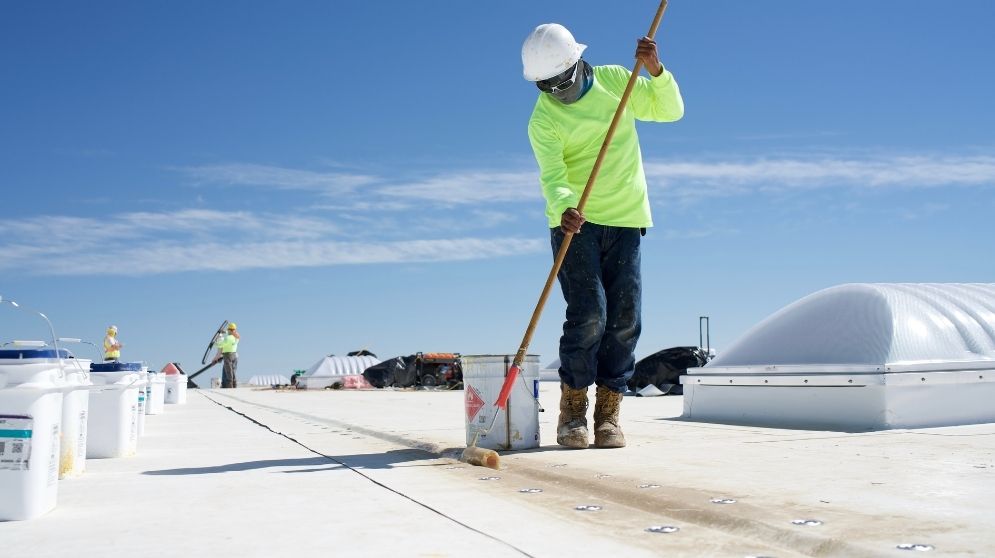The beginning of the year is usually the time to look ahead in anticipation of trends and activity in areas that affect our work. For the roofing industry, one source of data on these points is a study conducted late in 2016 by BNP Market Research. Over 12,000 active, qualified commercial roofing contractors were contacted and a portion of them completed an online survey, including Johns Manville, to provide insights into their 2016 experience and anticipated activities for 2017. Some of the relevant findings are captured below:
Overall sales volume: About two-thirds of the respondents expected higher total sales volumes in both 2016 and 2017, compared to prior years. Over the next three years, over 80 percent expect their sales volume to increase, while only 19 percent expect it to stay the same or slightly decrease.
Type of work: Retrofit or re-roofing projects (both complete replacement and repairs) accounted for almost three-fourths of the commercial roofing work performed, with the remaining portion devoted to new construction. Residential work made up a much smaller segment of the work, but with similar ratios of retrofit versus new construction.
Type of Roofing: On average, single-ply roofing accounts for over half of commercial contractors’ sales. Low-slope asphalt, metal roofing and coatings each account for about a tenth of sales. Within those categories, TPO commands half of the single-ply roofing installations, followed by EPDM and PVC, each at about 25 percent. Low-slope asphalt systems similarly attribute half of their installations to modified bitumen – SBS, followed by about 30 percent built up roofing (BUR), and 17 percent Modified Bitumen – APP. Architectural standing seam comes in at just under half of the metal roofing applications, followed by about a third using edge metal systems.
2017 Roofing Type Expectations: For the 2017 calendar year, over 80 percent of commercial contractors who offer single-ply roofing systems expect to see an increase in sales of these systems. At the same time, over half the roofing contractors expect to see an increase in coatings, while just under half expect an increase in metal roofing. Interestingly, solar installations are expected to increase by nearly 30 percent of the contractors, even though most acknowledge that is a small portion of their total business.
Labor Issues: Most commercial roofing contractors (about 88 percent) experienced an increase in labor costs in 2016 somewhere between 1 and 25 percent, with the average increase coming in around 12 percent. Only about a tenth of the contractors indicated that their labor rates remained the same. The labor that was performed was overwhelmingly done by direct employees (82 percent) who primarily worked full time (94 percent of employees). The remaining work was handled by subcontractors (18 percent) for various reasons including specialty skills needed, lower labor costs, a shortage of qualified labor, and addressing workload demands.
Business Issues: When asked what issues were expected to impact the business of roofing contracting in 2017, over 80 percent cited insurance and health care costs, followed closely by finding qualified workers. About two-thirds cited government intervention or regulation and over half were concerned about lowball pricing or bidding wars in their market areas. Lesser, but still notable concerns were cited by about 40 percent of the contractors related to a weak economy, increased material costs, and cash flow/financing.
While no one has a crystal ball, it is clear to see that the commercial roofing market, when looked at as a whole across the country, appears to be continuing on a general growth pattern, particularly within some specific work and roofing types. Although some legitimate business challenges do exist, as long as they are recognized and addressed, the work and the industry should keep going strong for 2017.

